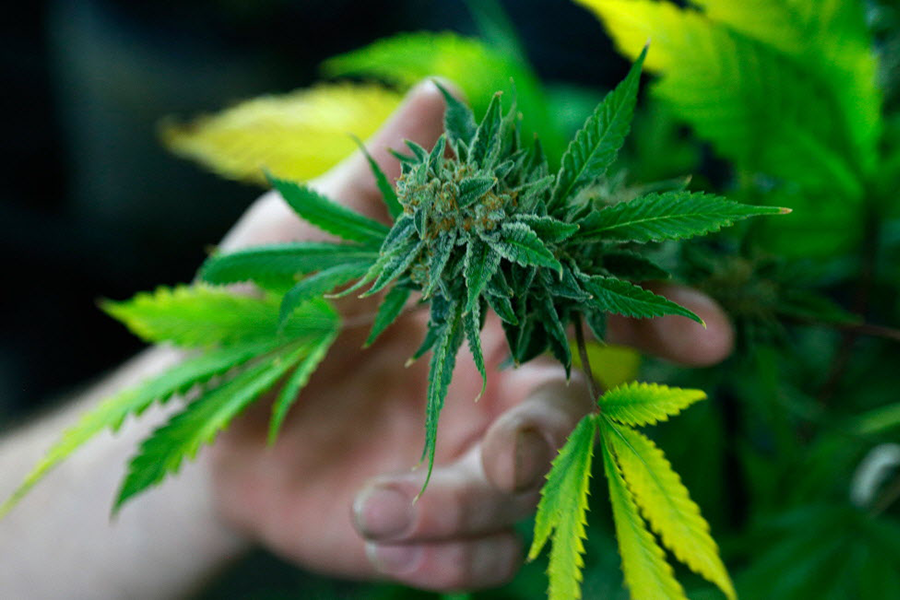Will more cannabis research result in better legislation?
Loading...
Rep. Earl Blumenauer (D) of Oregon, crowned “Congress’s top legal pot advocate,” by Rolling Stone, found an unlikely ally for his latest marijuana-related bill: Rep. Andy Harris (R) of Maryland. The conservative Republican introduced a provision that effectively blocked D.C. from loosening its pot laws, launching him to the center of the controversy about marijuana legalization as pot’s most vocal opponent.
But the two lawmakers agree that more research into the drug’s medicinal uses is necessary to move the medical marijuana debate forward, and that’s why they’re joining forces this week to introduce legislation to ease the process for scientists studying the drug.
The Medical Marijuana Research Act of 2016 would remove many of the legal and bureaucratic hurdles that block researchers attempting to obtain and use medical marijuana in clinical trials.
“Statutory, regulatory, bureaucratic, and cultural barriers have paralyzed science and threatened the integrity of research freedom in this area,” according to a Brookings Institute report issued in the fall that called on the US government to end its “war on medical marijuana research.” Because of federal government roadblocks to research,“the use of cannabis for medical treatment is happening in states based largely on anecdotal or limited science,” the Brookings report stated.
It commonly takes about seven years for research to get approval from all the relevant administrations to conduct their research, The Washington Post reported, and only one facility in Mississippi has the federal go-ahead to produce marijuana used for research.
The bill would require the Justice Department to approve research applications that meet certain conditions, and to respond to applications within two months, as The Baltimore Sun reported. The bill would also allow many more growers to produce marijuana for studies into its medicinal benefits and side effects.
Even in the absence of a body of peer-reviewed scientific studies on its effects, medical marijuana has been legalized in half of American states. Last week. Ohio became the 25th state to legalize use of the drug for people with certain chronic conditions – 20 years after California became the first state to allow the medical use of marijuana.
“And safety regulations have lagged far behind the drug's state-to-state progression, leaving many patients to wrestle with questions about usage and side effects. These are issues Americans usually expect pharmacies, manufacturers, and government regulators to have answered before a legal product is sold, including how much to take, when, and how,” Molly Jackson reported for The Christian Science Monitor in February.
The Drug Enforcement Administration (DEA) classifies marijuana as a Schedule 1 controlled substance, meaning it has a “high potential for abuse” and “no currently accepted medical use treatment in the United States.” Given that this stance is increasingly out of step with widespread access to medical marijuana, the agency is expected to make an announcement this summer relating to the the scheduling of marijuana, according to The Baltimore Sun.
Representative Harris told The Washington Post that regardless of what the DEA decides, he’s doing what he can do now to open the door for more research, essentially creating a “carve-out” within Schedule 1 for marijuana research.
"It's a Catch-22 that the research is difficult because of the strict rules, and the rules are strict because of the lack of research," Harris told the Post. Though he continues to believe that medical marijuana should be more strictly controlled, he adds, "as a physician I would never want to deny a medicine to a patient that has been shown, with scientific rigor, to help them."






